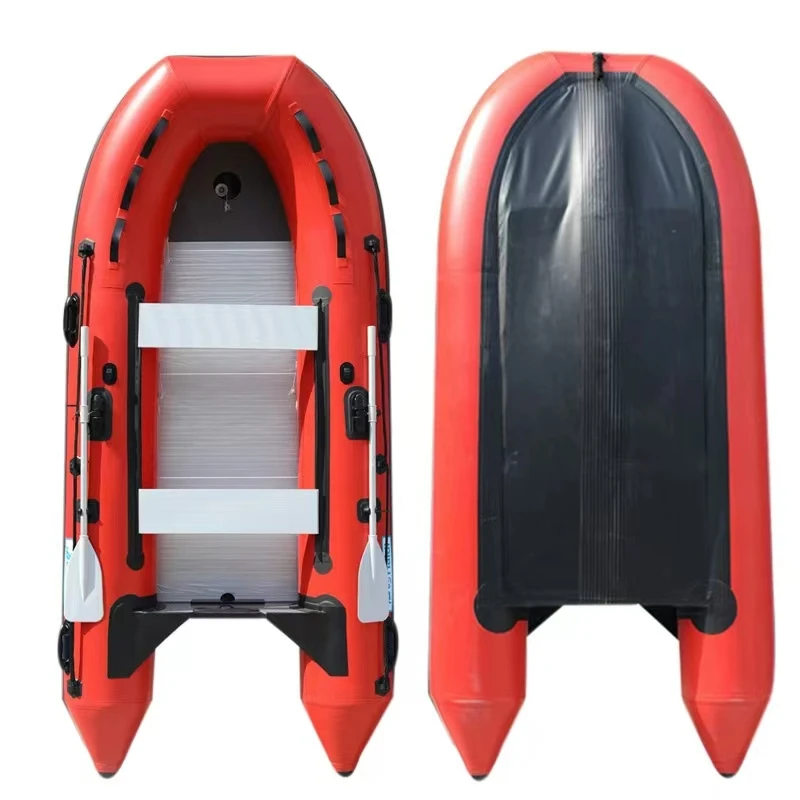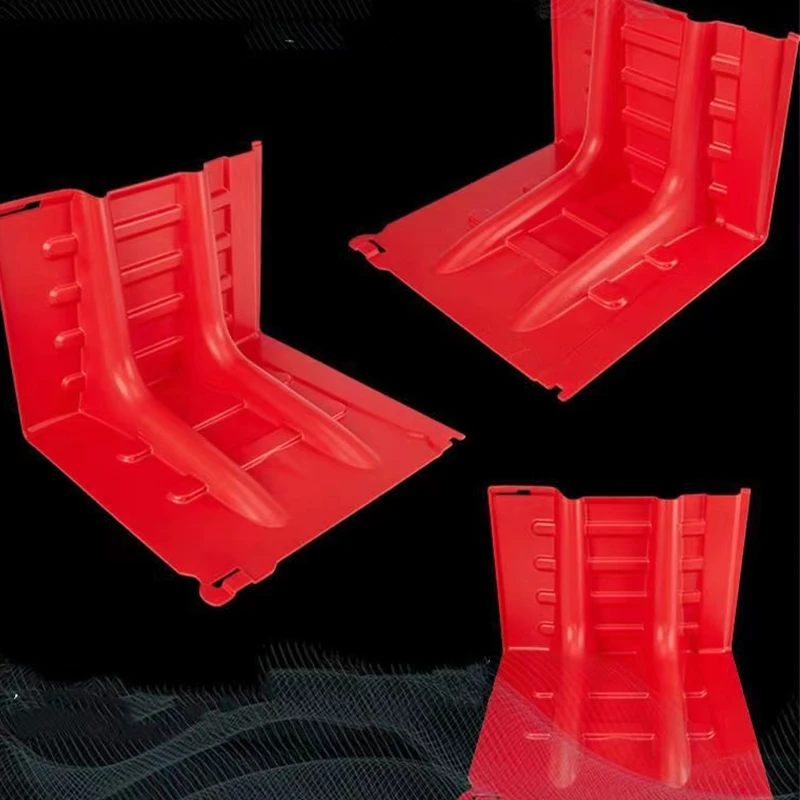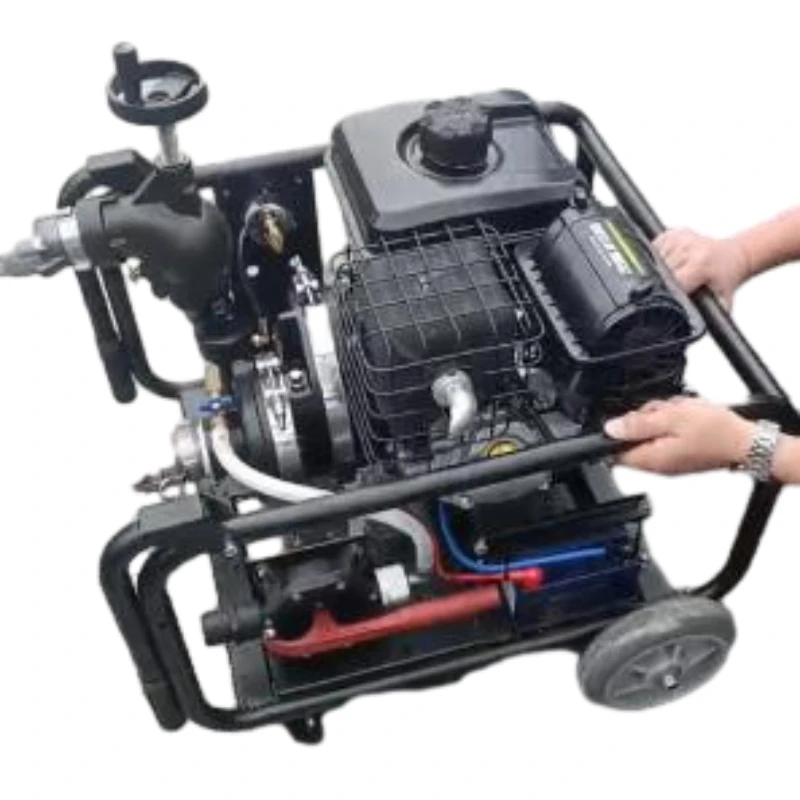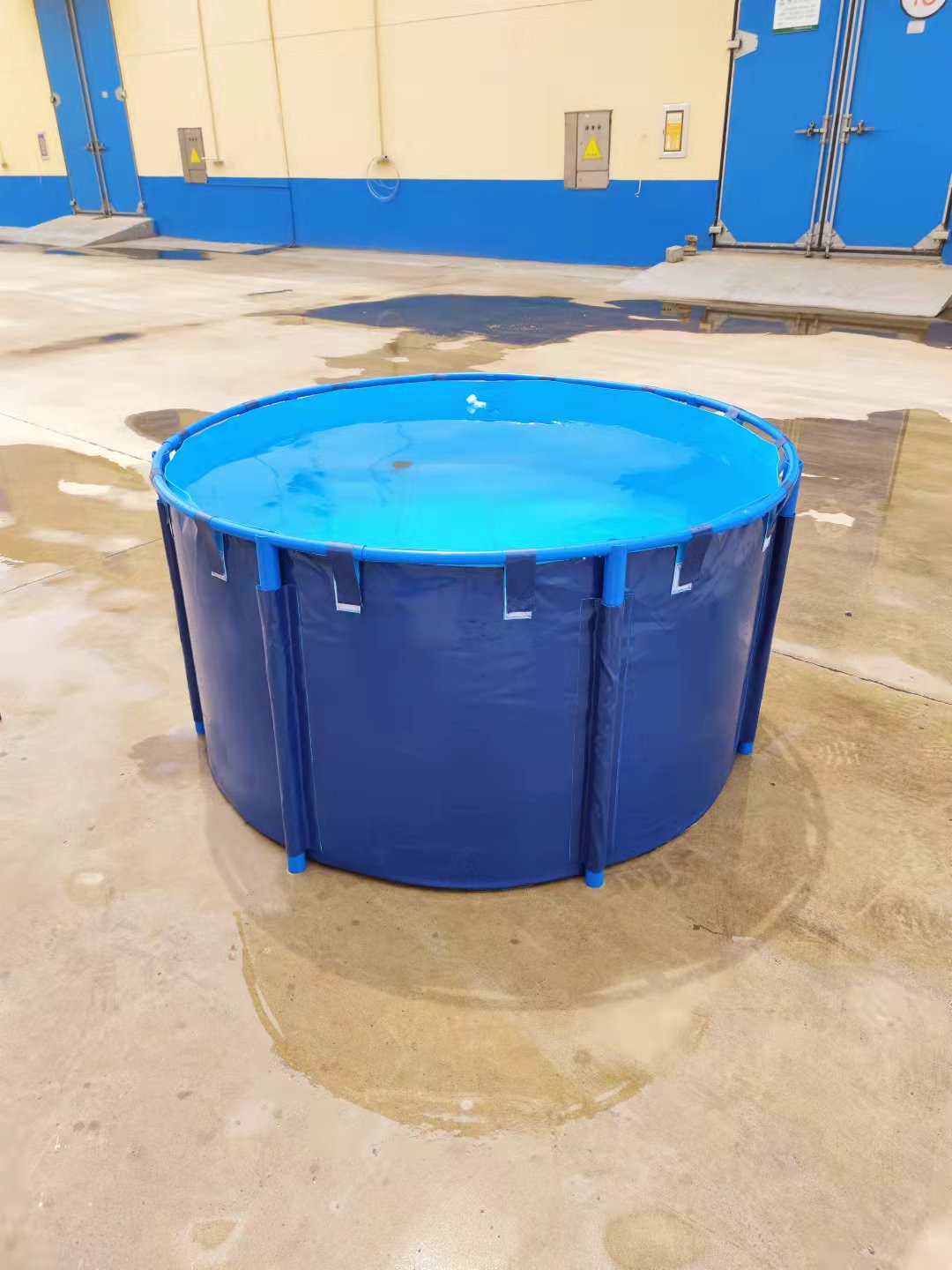A field-tested look at the Fire Motorcycle
Urban sprawl meets forest interface, traffic gets ugly, and response times stretch. That’s why compact rapid-response units are quietly becoming the industry’s favorite “first punch.” To be honest, when I first rode a Fire Motorcycle into a narrow hillside village path, I realized how much time we’ve been losing with heavy trucks stuck two streets away.
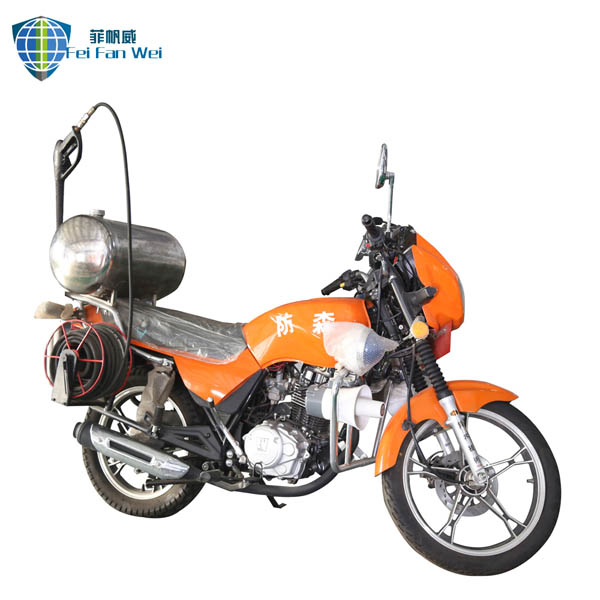
What it is and where it shines
Built as a compact firefighting platform, the Fire Motorcycle integrates a motorcycle chassis, water/foam storage, high-pressure pump, reel, and nozzle/spray gun. It’s purpose-made for mountainous and hilly terrain, parks, temple complexes, industrial campuses, and old-town alleys where a tanker simply can’t squeeze through. In fact, many customers say the “last 500 meters” are where it wins the day.
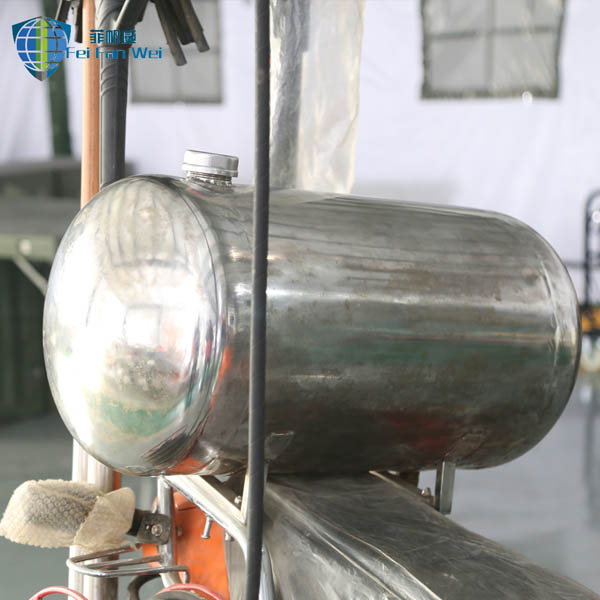
Key specifications (typical build)
| Engine | ≈250–400 cc, EFI, Euro 5/China IV compliant (real-world specs may vary) |
| Pump Output | ≈30–60 L/min @ 1.0–1.5 MPa |
| Tank Capacity | ≈40–80 L water; optional Class A foam cell (3–6%) |
| Nozzle/Spray Gun | Adjustable jet–fog, quick-connect couplings |
| Hose Reel | ≈20–30 m, high-pressure hose |
| Range (stream) | ≈10–18 m jet, wind-dependent |
| Dry Weight | ≈180–230 kg (configuration-dependent) |
| Frame/Skid | Aluminum alloy skid; 304/316 stainless tank options |
| Service Life | 8–10 years with standard maintenance |
Materials, methods, and testing
The Fire Motorcycle module typically uses TIG-welded stainless tanks, anodized aluminum racks, and powder-coated brackets (salt-spray tested ≈240 h). Hydrostatic testing at 1.5× working pressure; pump endurance tests ≈100 hours. Electricals sealed to IP65-ish levels. Units are built in Shijiazhuang, Hebei (No.118 Youyi Street, Xinhua Dist., China), and factories I’ve toured follow ISO 9001 routines with batch traceability. Real-world durability? Rugged enough for gravel climbs if you’re not reckless with loading.
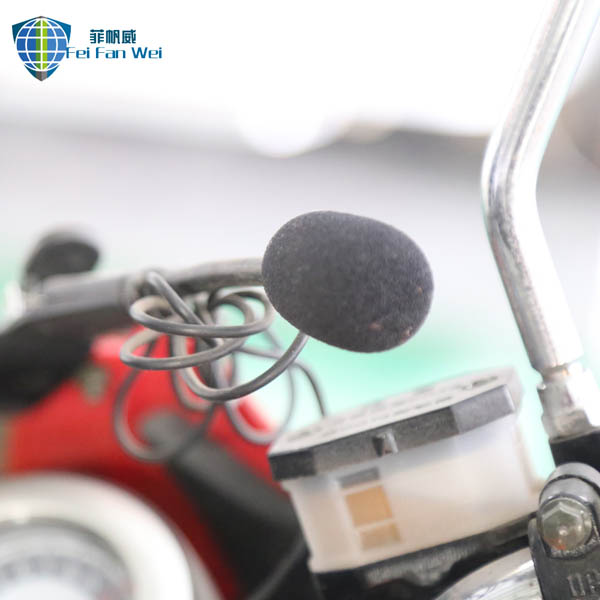
Where departments are deploying it
- Wildland-urban interface patrols and spot-fire knockdown
- Temple markets, pedestrian precincts, and tourist towns
- Factory perimeters and port yards for quick first response
- Stadiums, events, and rapid medic-fire cross deployment
Advantages? Speed in congestion, low operating cost, and the simple fact it reaches places trucks can’t. It’s not a tanker replacement—more like your fast, sharp scalpel.
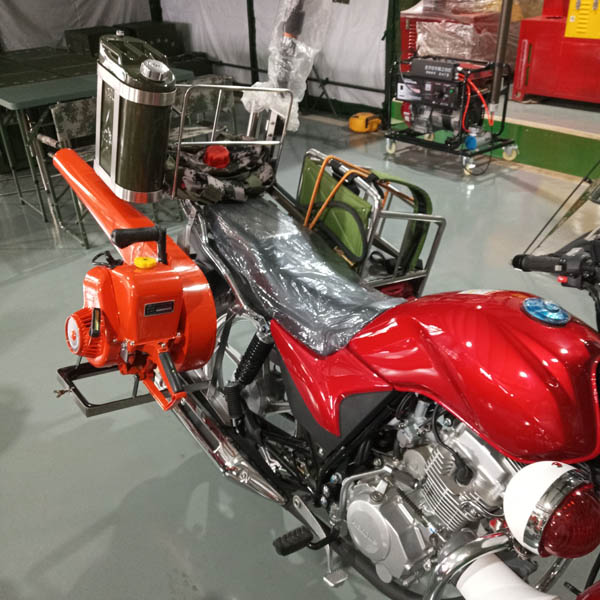
Vendor snapshot (indicative)
| Vendor | Pump Output | Tank | Certs/Alignment | Notable Strength |
|---|---|---|---|---|
| FFW Fire Safety (Fire Motorcycle) | ≈30–60 L/min | 40–80 L | ISO 9001; aligns with NFPA 1906 concepts | Mountain/urban agility; robust skid |
| Vendor B (Asia) | ≈25–40 L/min | 30–60 L | CE/E-mark on chassis; EN 3 extinguishers | Budget-focused |
| Vendor C (EU) | ≈50–70 L/min | 60–100 L | UNECE R168 chassis; ISO 9001 | Premium fit-out |
Customization and compliance
Options include foam proportioner, dual-agent (water + foam), quick-detach skid, LED beacons/sirens, GPS/telemetry, and winterization. The Fire Motorcycle can be specified to align with NFPA 1906 (wildland apparatus concepts) for equipment mounting and lighting; NFPA 10/EN 3 for onboard extinguishers; and UNECE R168/E-mark for road-going motorcycle safety. Factory typically operates under ISO 9001. Ask for pump curves, hydrotest certificates, and PDI checklists—always.
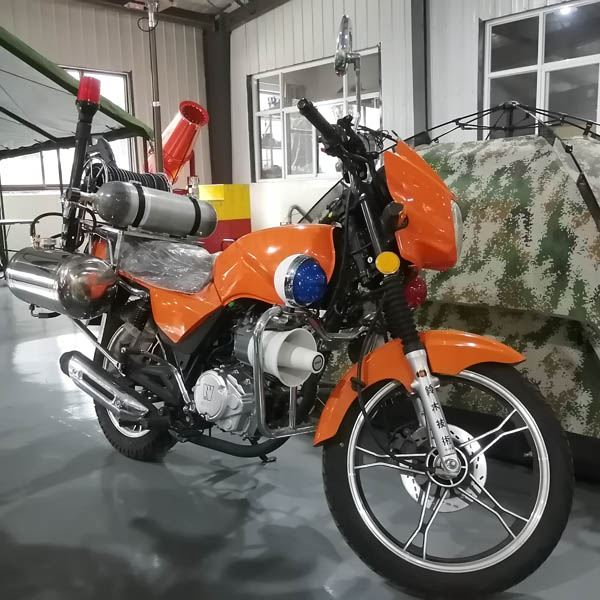
Field notes and case snaps
City A, hill district: a two-unit Fire Motorcycle team knocked down a brush ignition behind a school in four minutes; tanker arrived at minute nine. Feedback from crew: “Steep slope, no drama.” Industrial park (port-adjacent): security-led first response used the bike to cool a forklift battery bay, preventing escalation. Surprisingly, operators liked the hose reel ergonomics more than the speed.
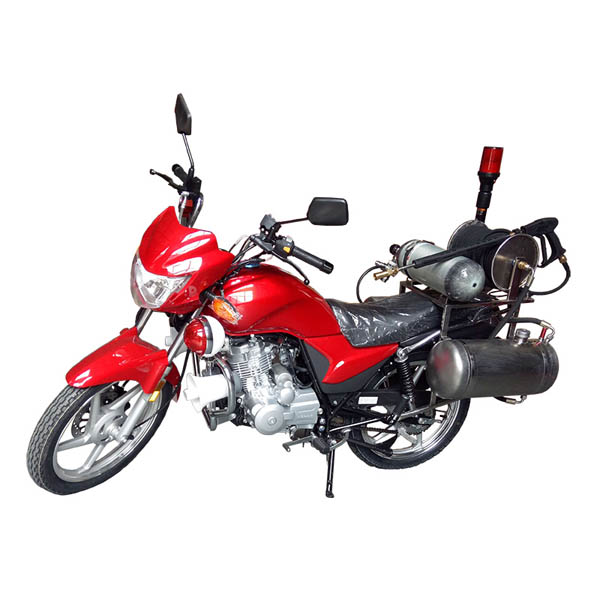
Procurement checklist
- Confirm gradeability and laden braking tests; request video evidence.
- Verify tank material (304 vs 316) and corrosion warranty; target 8–10 years service.
- Get pump curve at 1.0–1.5 MPa and nozzle flow at typical backpressure.
- Ensure spare parts lead time and technician training availability.
If you’re mapping rapid intervention for tight terrain, this platform is—actually—hard to argue against. It won’t replace engines, but it’ll beat them to the first liter of water almost every time.
Authoritative references
- NFPA 1906: Standard for Wildland Fire Apparatus – National Fire Protection Association. https://www.nfpa.org/
- NFPA 10: Standard for Portable Fire Extinguishers – NFPA. https://www.nfpa.org/
- UNECE R168: Approval of two- or three-wheel vehicles – UNECE Transport. https://unece.org/transport
- ISO 9001: Quality management systems – International Organization for Standardization. https://www.iso.org/iso-9001-quality-management.html
- EN 3-7: Portable fire extinguishers – Performance requirements – CEN. https://standards.cen.eu/









